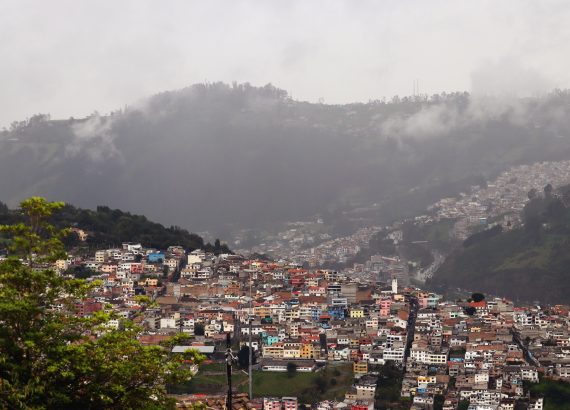This year the Harlem Fine Arts Show celebrated its 15th anniversary in New York City, bringing together black art gallery owners, art collectives and artists to celebrate 15 years of ensuring opportunities for Black Art to thrive. Buying Black Art or what is sometimes referred to as African Diaspora Art has become increasingly popular among both novice and seasoned collectors of all nationalities. Yet there is still a long road to inclusion…
What is Happening in the Art World?
The Art World is constantly evolving with new trends and emerging issues brought on by societal changes such as environment justice, gender identity, and the political divide among many other issues. One of the most significant trends in the last 3 -5 years has been the growing emphasis on diversity and inclusion across racial and gender lines. In fact, African Diaspora Art is only likely to grow as the world becomes more culturally diverse. However, despite the recent growth among artists of color, most galleries and art institutions are still owned and controlled by American and European white individuals. Not having the same level of access to resources and opportunities makes it difficult for black and brown gallery owners and artists to break into and succeed in the industry. The more reason why art fairs such as Harlem Fine Art Show and 1-54 Contemporary African Art Fair are critical to black culture and history.
































No Comments